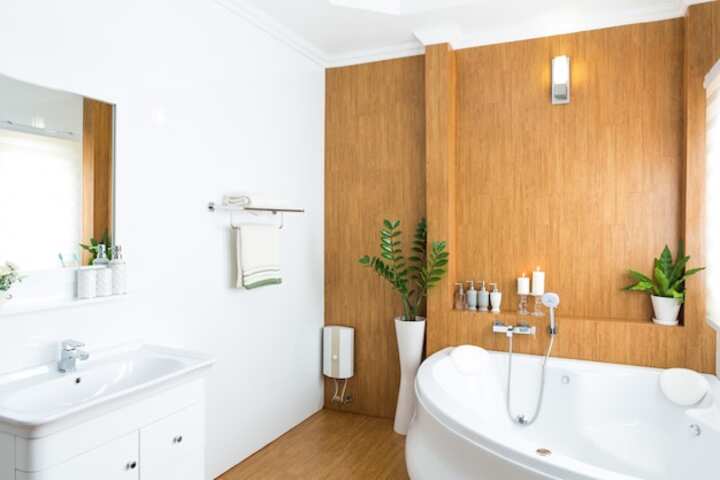
Expert Tips for Bathroom Flooring Installation
Installing flooring in a bathroom requires careful consideration and preparation. The unique environment of a bathroom, characterized by high moisture and frequent temperature changes, demands materials and techniques that can withstand these conditions. Whether you are a DIY enthusiast or planning to hire a professional, understanding the essentials of bathroom flooring installation is crucial for achieving a durable and aesthetically pleasing result.
Choosing the Right Flooring Material
Selecting the appropriate flooring material is the first step in ensuring a successful installation. Here are some popular options:
- Tile: Ceramic and porcelain tiles are water-resistant and come in various styles and colors.
- Vinyl: Ideal for bathrooms due to its waterproof nature and cost-effectiveness.
- Natural Stone: Offers a luxurious look but requires sealing to prevent water damage.
To understand the pros and cons of each material and how they fit into your bathroom design, read more about this topic.
Preparation for Installation
Preparation is key to a flawless bathroom floor installation. Here are some essential steps:
- Measure the Space: Accurately measure the dimensions of your bathroom to purchase the correct amount of flooring material.
- Subfloor Inspection: Check the subfloor for any damage or moisture issues that need to be addressed before installation.
- Gather Tools: Ensure you have all necessary tools such as a level, trowel, and spacers.
Learn more in this detailed guide on how to prepare your bathroom for a flooring overhaul.
Installation Techniques
Tile Flooring
Installing tile flooring requires precision and patience. Follow these tips:
- Layout Planning: Plan the layout before you start to ensure symmetry and reduce tile cutting.
- Adhesive Application: Use a notched trowel to apply adhesive evenly.
- Grouting: Allow tiles to set before applying grout, then clean excess with a damp sponge.
Vinyl Flooring
Vinyl flooring is often easier and quicker to install. Consider the following:
- Acclimation: Let the vinyl acclimate to the room temperature and humidity for at least 24 hours before installation.
- Seamless Application: For sheet vinyl, ensure no seams are present in high-moisture areas.
Explore further insights here on the best installation techniques for various flooring types.
Post-Installation Care
Proper maintenance ensures the longevity and beauty of your bathroom floor. Here are some care tips:
- Regular Cleaning: Use appropriate cleaning solutions to prevent damage to the flooring material.
- Sealing: For certain materials like natural stone, periodic sealing is essential to maintain waterproofing.
- Repair and Maintenance: Address any chips or cracks promptly to prevent further damage.
Find additional information here on maintaining your newly installed bathroom floor.
In conclusion, while bathroom flooring installation may seem daunting, with the right materials, preparation, and techniques, it can be a rewarding project. Whether you're opting for tiles, vinyl, or natural stone, ensure you follow these expert tips to achieve the best results. For more comprehensive guidance and support, explore further insights and make your bathroom flooring project a success.